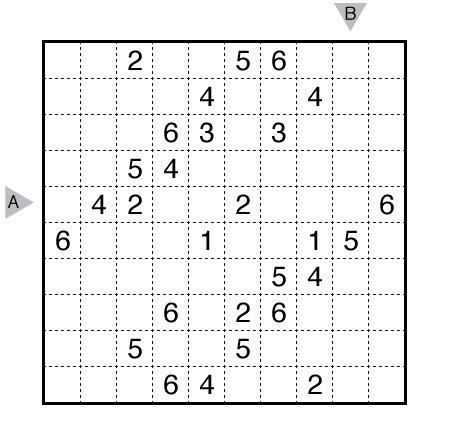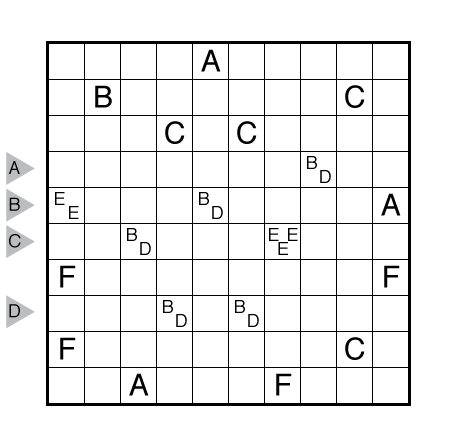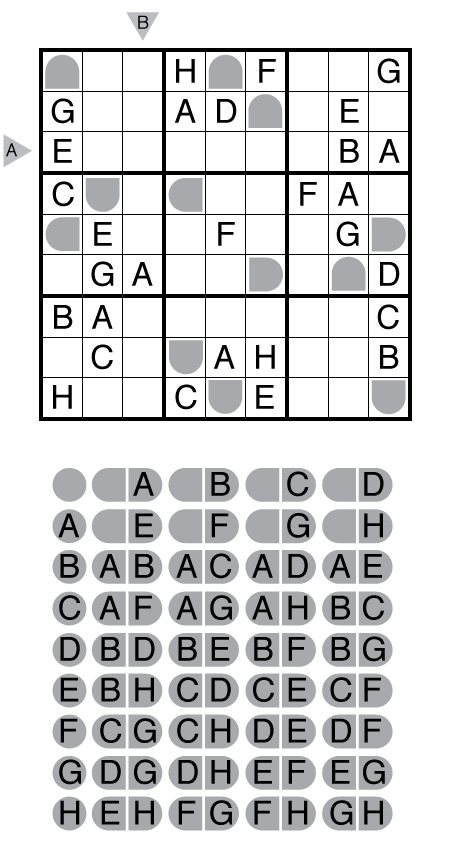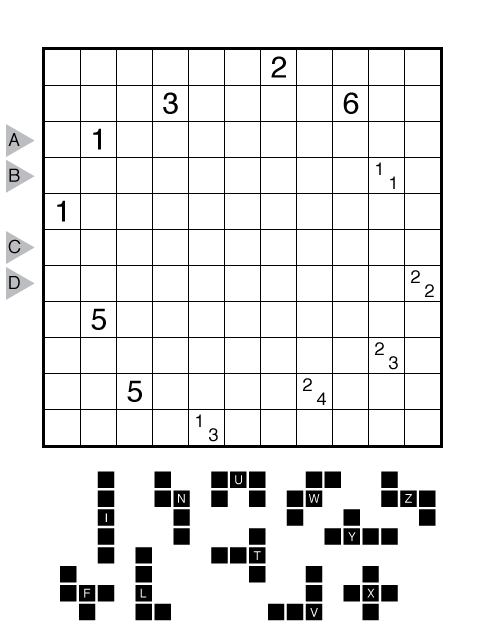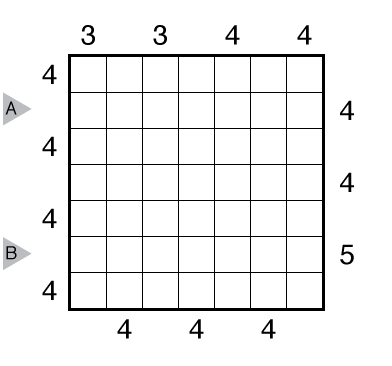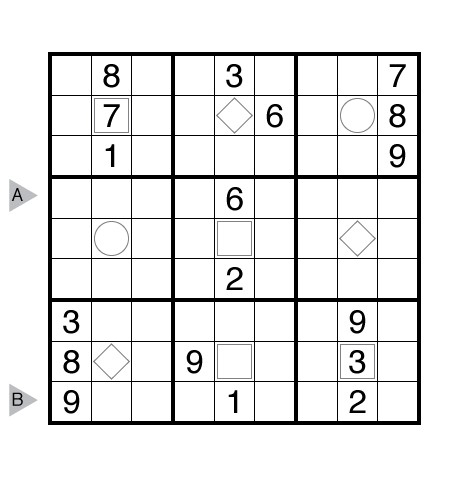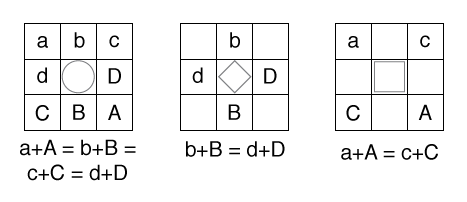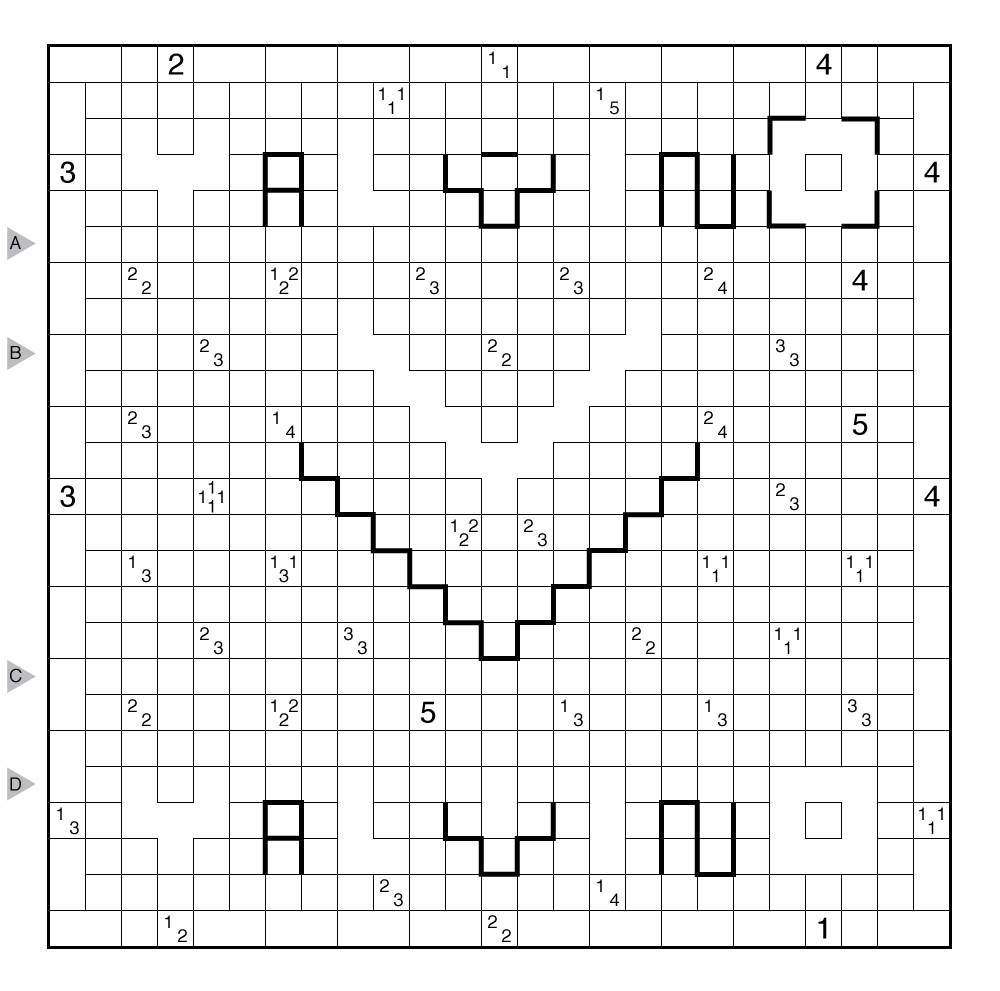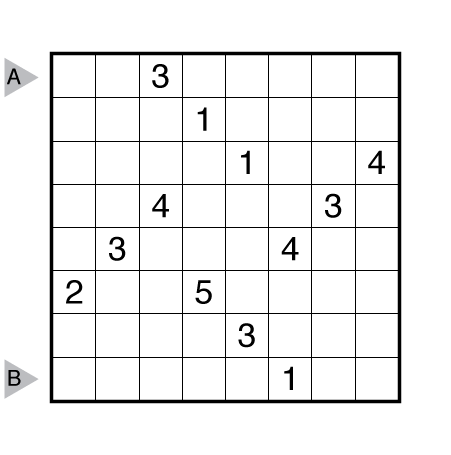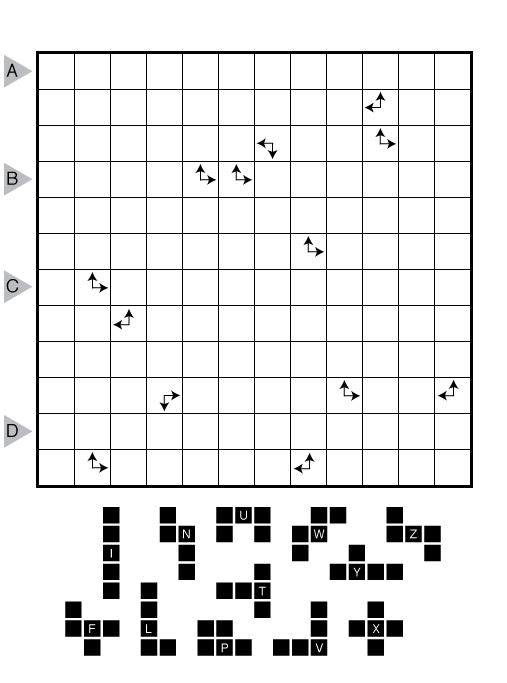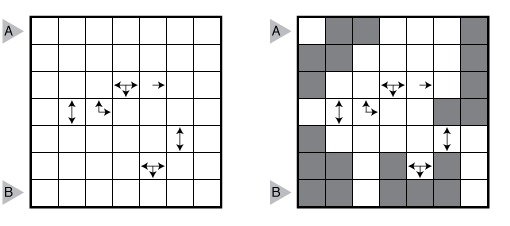The Persistence of Memory by Prasanna Seshadri
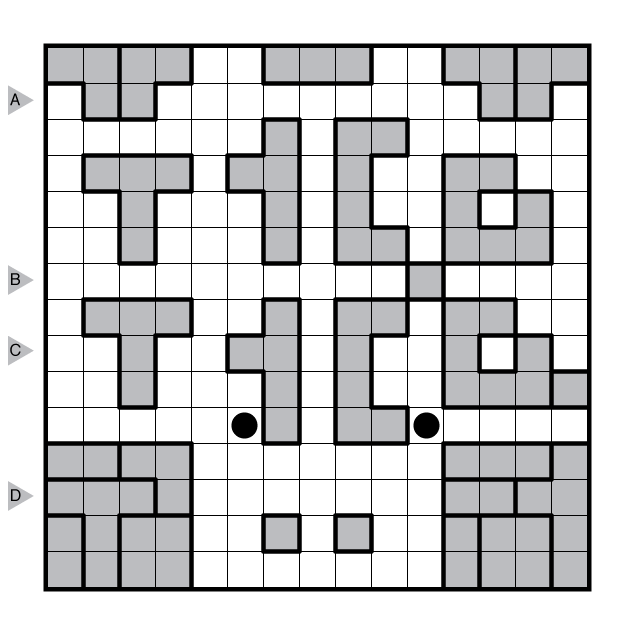
(View image directly for larger form.)
or solve online (using our beta test of Penpa-Edit tools using a composite mode where left click inside cell shades square, left click + drag draws line segment, right click inside cell adds dot, and right click on cell edge adds an x.)
Theme: TYCG (Thank You, Chris Green) — this is a Patron Puzzle reward.
Author/Opus: This is the 79th puzzle from our contributing puzzlemaster Prasanna Seshadri.
Rules: Find a path from one dot to the other by moving horizontally or vertically between adjacent squares. The path cannot touch itself, even diagonally. All highlighted regions must be visited by the path, and may be re-entered. If two or more highlighted regions have the same shape and orientation, then how the path passes through those shapes must be identical. Or see here.
Answer String: Enter the length in cells of the horizontal path segments from left to right in the marked rows, starting at the top. If the path only has vertical segments in the marked row, enter 0. Separate each row’s entry with a comma.
Time Standards (highlight to view): Grandmaster = 4:15, Master = 6:00, Expert = 12:00
Solution: PDF

